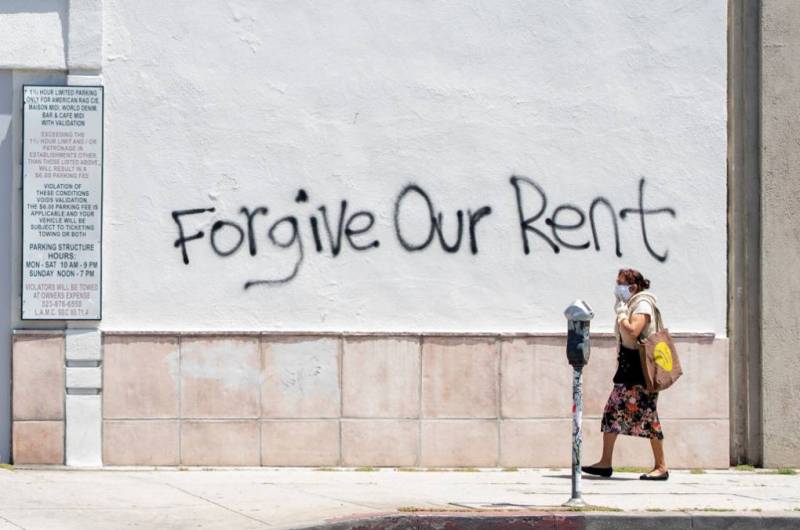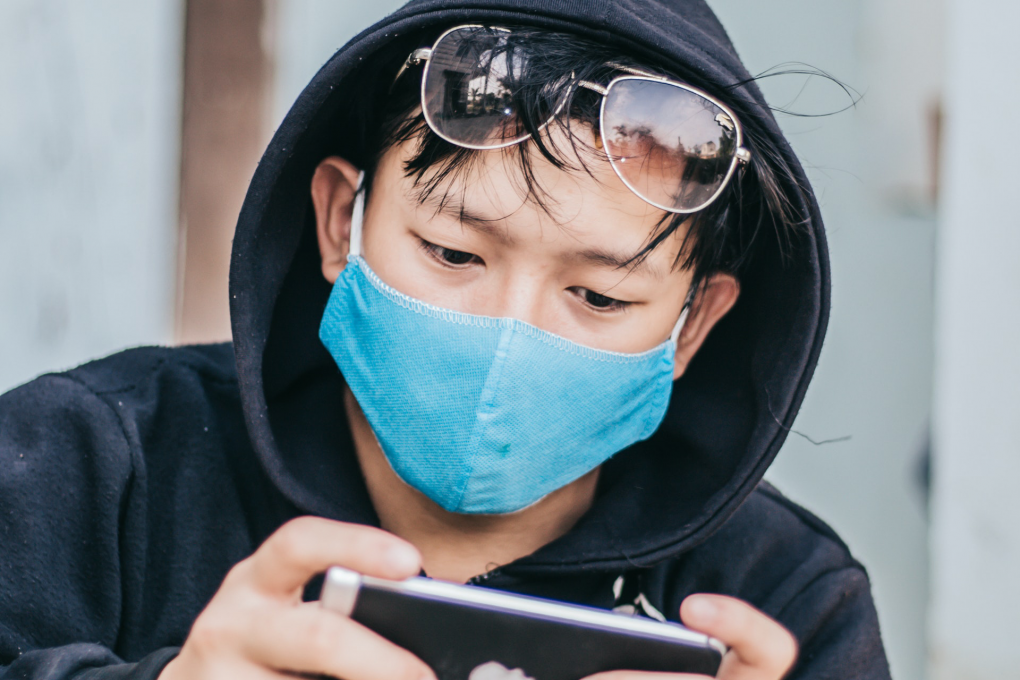“It really is very problematic to have people still waiting for their money when they’re about to be subject to eviction if they can’t pay,” said Madeline Howard, a senior attorney at the Western Center on Law and Poverty, and one of the study’s authors. The state, she said, must speed up the payment process and extend eviction protections.
“It would be so profoundly unfair and wrong for tenants to be evicted because of these bureaucratic delays,” Howard said.
The state’s housing agency, however, disputes the report’s findings. Its public dashboard shows that 41% of applicants — or 190,900 households — have already been “served.”
That total, though, includes applicants who have been approved but have not yet received payment, and whose claims are designated as “complete: payment pending.”
Geoffrey Ross, the agency’s deputy director, told KQED that the checks for those applications “are either physically in the mail or they have been received and have not been cashed.”
But Howard said that doesn’t square with what she was told by the agency, who confirmed to her in an email that “payment pending” referred to applicants who had been approved for payment but had not yet received funds.


